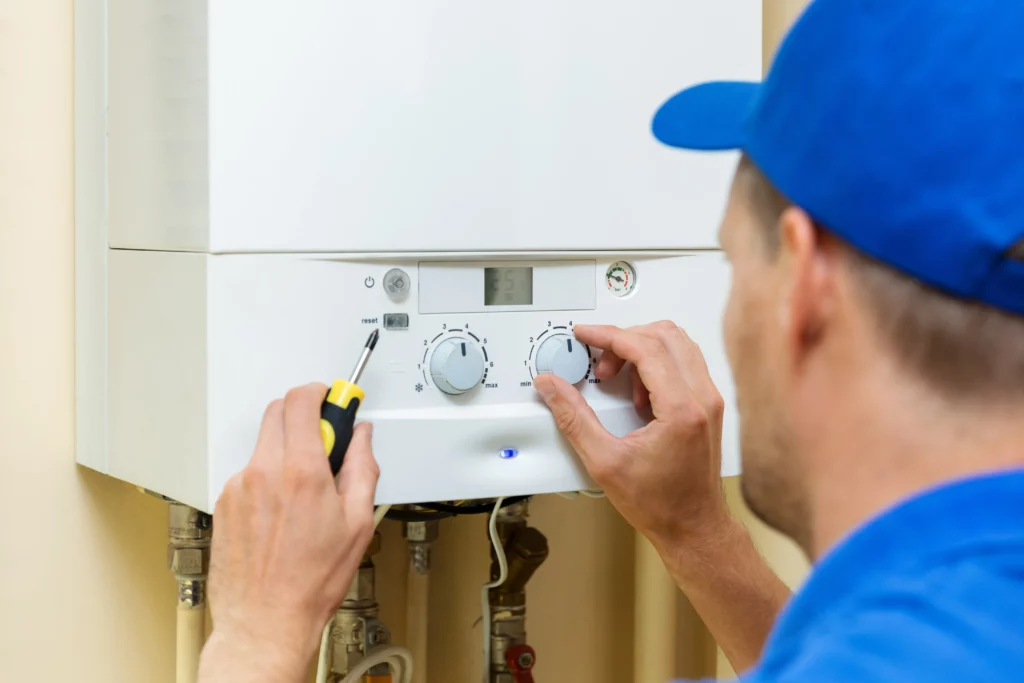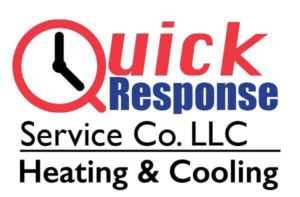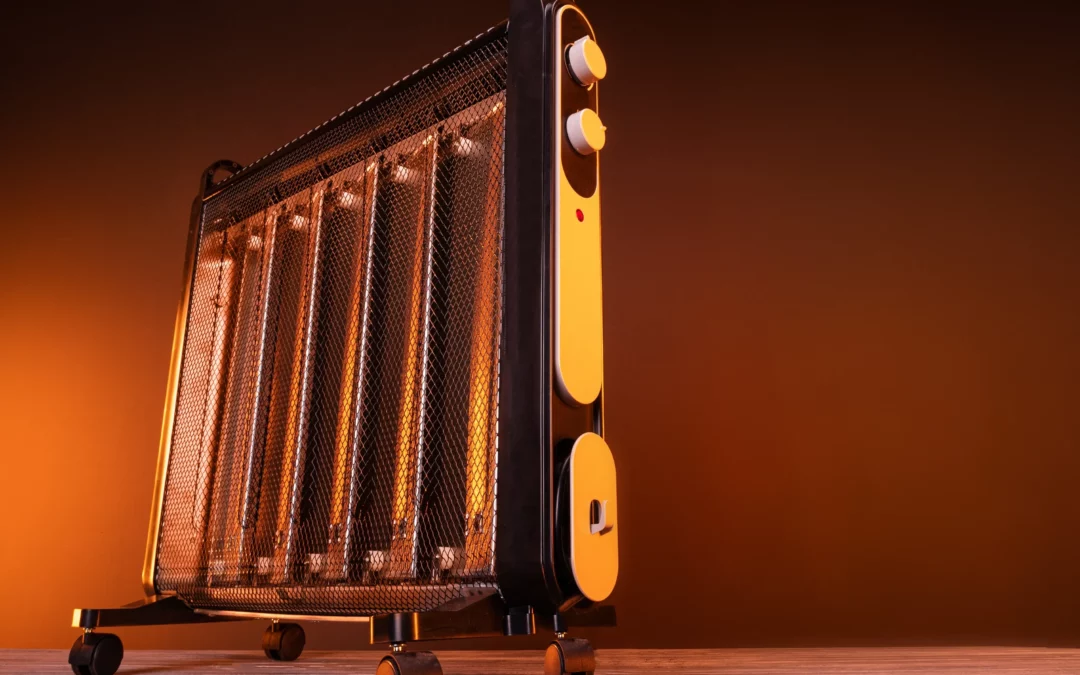If you want to save money on energy costs for your home, it’s important to understand the basics of HVAC (Heating, Ventilation, and Air Conditioning) SEER ratings. A higher SEER rating can translate into lower energy bills and ultimately result in long-term savings.
What is SEER?
SEER stands for Seasonal Energy Efficiency Ratio, and it is a measure of the efficiency of an air conditioner system or heat pump. It measures how much energy is needed to provide a certain cooling output over a typical cooling season. The higher the SEER rating, the more efficient the unit. When purchasing an HVAC system, you should always look for the highest SEER rating that fits within your budget.

How Can You Improve Your Home Efficiency With SEER Ratings?
By installing an energy efficient air conditioning and heating system with a high SEER rating, you can significantly reduce your energy costs over time. High-efficiency HVAC systems use less energy to regulate the temperature in your home, resulting in lower monthly utility bills. Additionally, high-efficiency HVAC systems last longer than standard AC and heating systems and require fewer repairs, resulting in further savings down the line.
The Different Types of HVAC Systems.
Before choosing the right HVAC system for your home, you need to understand the different types available and their associated SEER ratings. Different types of HVAC systems have different size, capacity and efficiency levels which influence the overall SEER rating. The most common types include split-system air conditioners and heat pumps as well as ductless mini-splits, each of which are available with a variety of SEER ratings ranging from 13 to 21 or higher.
Calculating Your ROI from a Higher SEER Rating.
Knowing your HVAC system’s SEER rating is just the first step. To maximize the benefit of a higher efficiency system and see a return on investment (ROI), it’s important to know how an upgrade affects your energy bills over time. A simple calculation can help you figure out if a more expensive system with an improved SEER rating will save you money in the long-term. To calculate, divide the additional initial cost of upgrading by the expected savings on energy bills over a period of up to 10 years.
Maintaining Proper Ventilation in Your Home.
Proper ventilation is an important part of a functional HVAC system, whether you have a higher or lower SEER rating. Make sure to replace air filters and check for clogged ducts as needed to ensure efficient delivery of heated or cooled air throughout your home. Additionally, look for cracks and other signs of poor insulation in order to maintain high efficiency and comfort levels. These small maintenance steps can help improve the performance of your existing system and maximize its potential savings over time.


Recent Comments